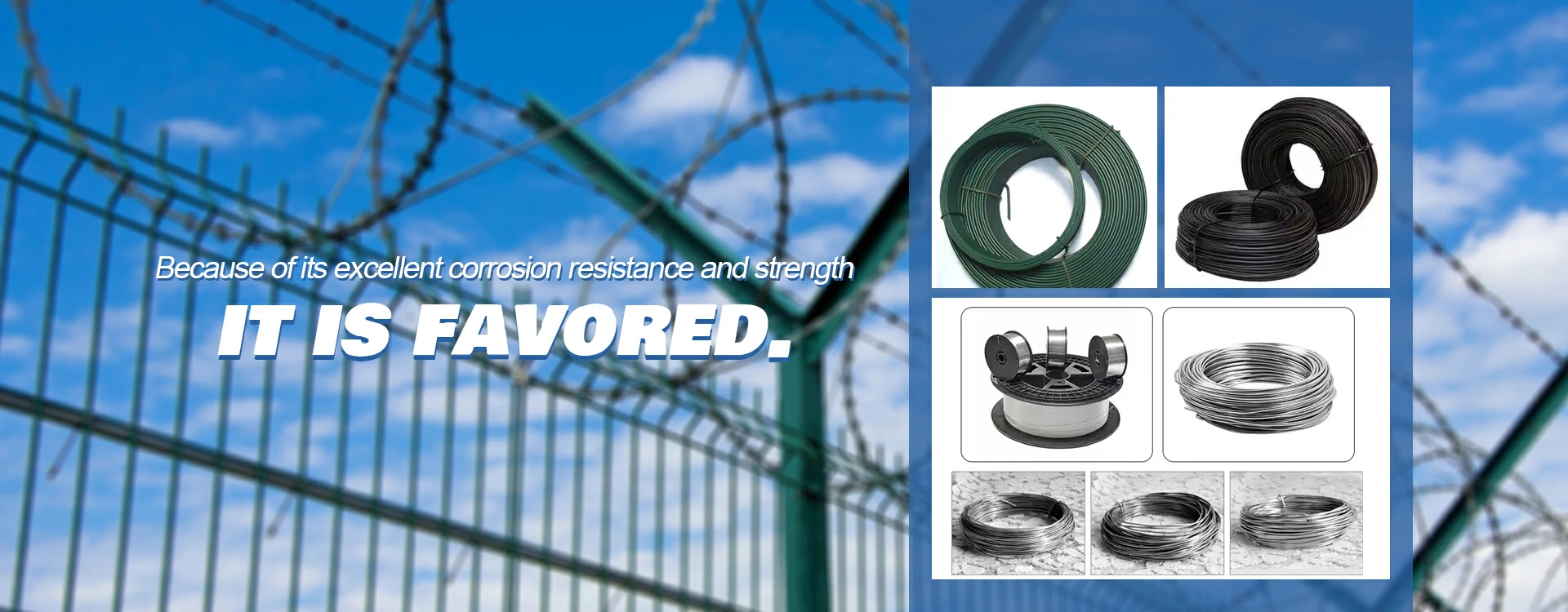 TEL:
+86-13102802206
TEL:
+86-13102802206
 Email:
fencenetting@china.com
Email:
fencenetting@china.com
 Language
Language
 TEL:
+86-13102802206
TEL:
+86-13102802206
 Email:
fencenetting@china.com
Email:
fencenetting@china.com
 Language
Language


Installing a Chain Link Fence A Comprehensive Guide
When it comes to securing your property, a chain link fence is a practical and cost-effective option. Not only does it provide safety and security, but it also allows visibility, making it a perfect choice for residential and commercial properties alike. This article will guide you through the steps of putting up a chain link fence, ensuring that your project is efficient, effective, and rewarding.
Step 1 Planning and Permits
Before you dive into the installation process, it’s crucial to plan your project thoroughly. Begin by checking local zoning laws and regulations regarding fencing. Some areas may require permits or have restrictions on height, materials, or design. Once you understand the legal requirements, you can measure your property line to determine how much fencing you’ll need. Mark the corners of your fence with stakes, allowing you to visualize the layout and adjust as necessary.
Step 2 Gather Materials and Tools
Next, gather all the materials and tools you will need for the installation. A typical chain link fence installation requires
- Chain link fabric - Fence posts (corner, line, and end posts) - Post caps - Concrete mix (for setting posts) - Tension bands and bars - Tie wires - Gate components (if adding a gate)
In terms of tools, ensure you have the following
- Tape measure - Level - Shovel or post hole digger - Power drill - Wire cutters - Wrenches - Fence stretcher
Step 3 Post Installation

The first physical step in the installation process is to set the fence posts. Begin by digging holes for your corner and end posts, typically about 2 to 3 feet deep, depending on the frost line in your area. Use a level to ensure the posts are straight as you pour concrete around them. Allow the concrete to cure, which may take anywhere from 24 to 48 hours. While it’s drying, you can install the line posts, making sure they are evenly spaced (usually about 10 feet apart).
Step 4 Attaching the Chain Link Fabric
Once your posts are securely set, it’s time to attach the chain link fabric. Begin at one corner of the fence. Unroll the chain link material and attach one end to the first terminal post using tension bands and a tension bar. As you unroll the fabric along the line posts, use a fence stretcher to apply tension to the fabric, preventing sagging or loosening over time.
Once the fabric is taut, cut it to size and attach it to the line posts using tie wires. Secure the top, middle, and bottom portions of the fabric to ensure stability. Finish by attaching the tension bar and securing the ends at the terminal posts.
Step 5 Install Gates (If Necessary)
If your fence design includes gates, now is the time to install them. Choose a gate that complements your fence size and style. Follow the manufacturer’s instructions carefully. Usually, you’ll need to install the gate posts first, ensuring they are sturdily set in concrete. Attach the gate hinges, and then hang the gate, checking that it swings freely and latches securely.
Step 6 Finishing Touches
Now that your chain link fence is installed, take a step back and admire your work. Inspect your fence for any sharp edges or protrusions and make sure all connections are secure. If desired, you can paint or coat your fence with a protective sealant to enhance its durability against the elements.
Conclusion
Putting up a chain link fence can be a straightforward DIY project if you plan ahead and follow the steps diligently. Not only will it create a secure boundary for your property, but it also adds value and aesthetic appeal. With the right preparation, materials, and tools, your chain link fence will stand strong for years to come, providing peace of mind and enhancing your outdoor space. Whether you’re enclosing a yard, protecting a garden, or securing a business area, a chain link fence is a smart investment. Happy fencing!